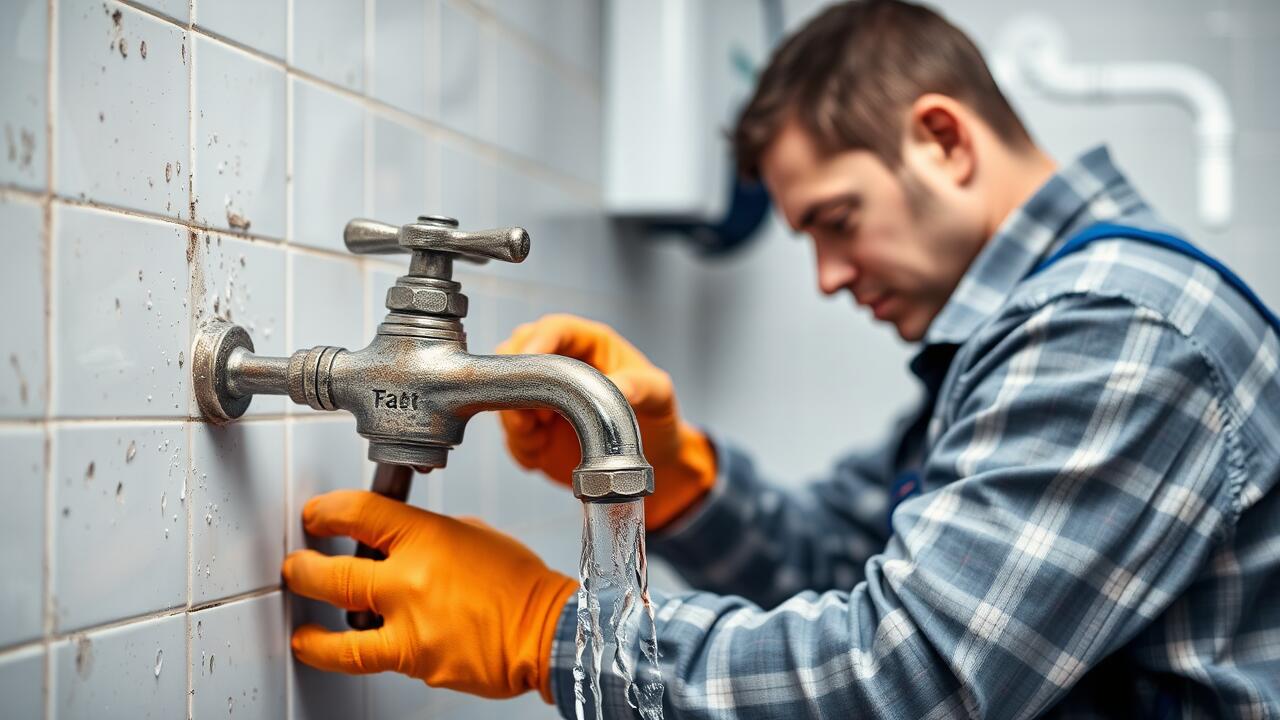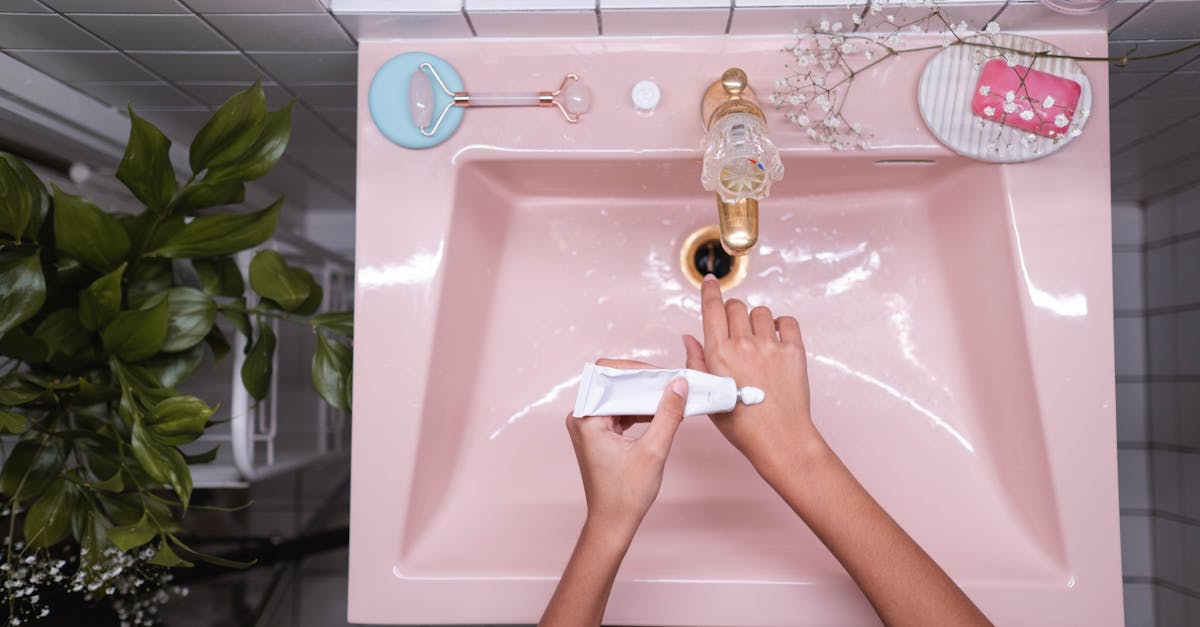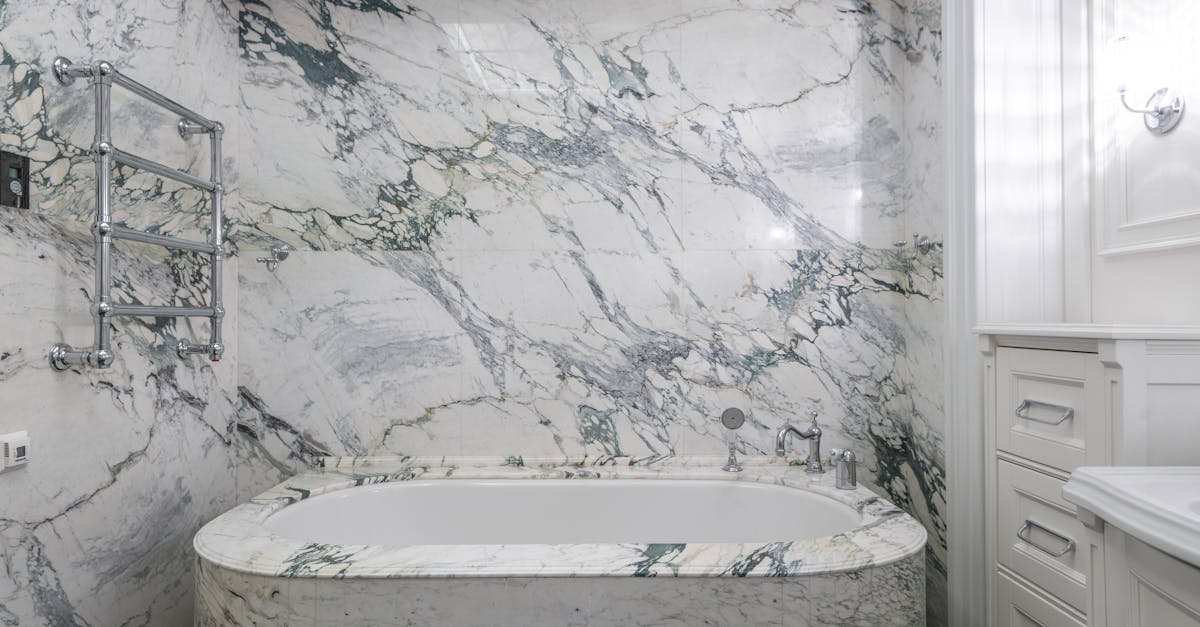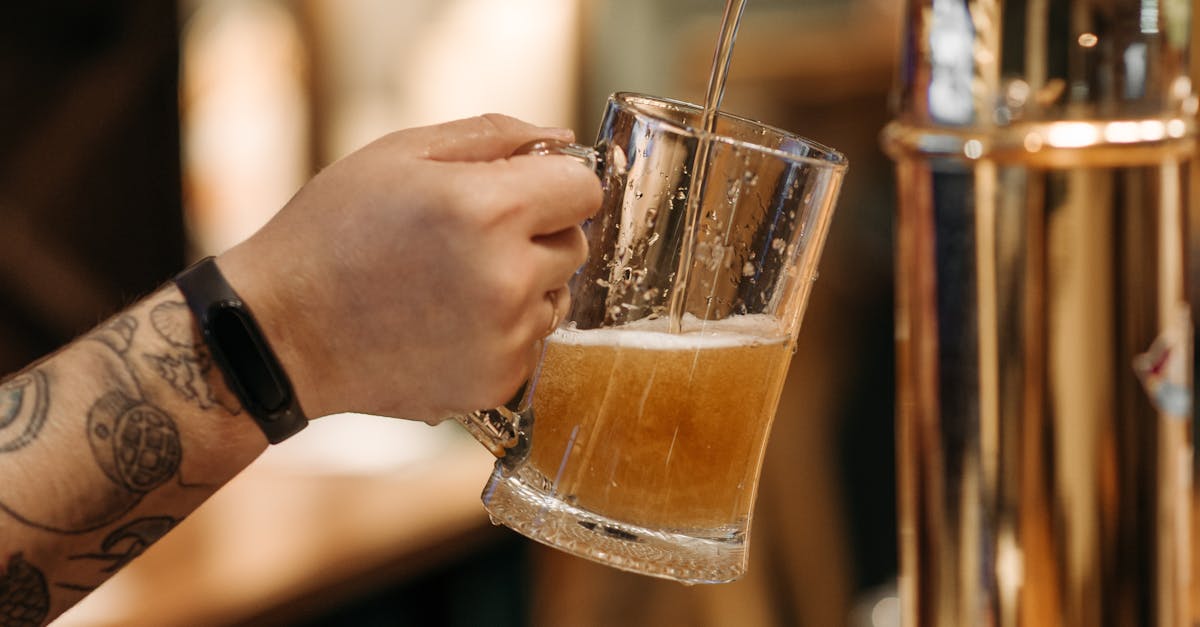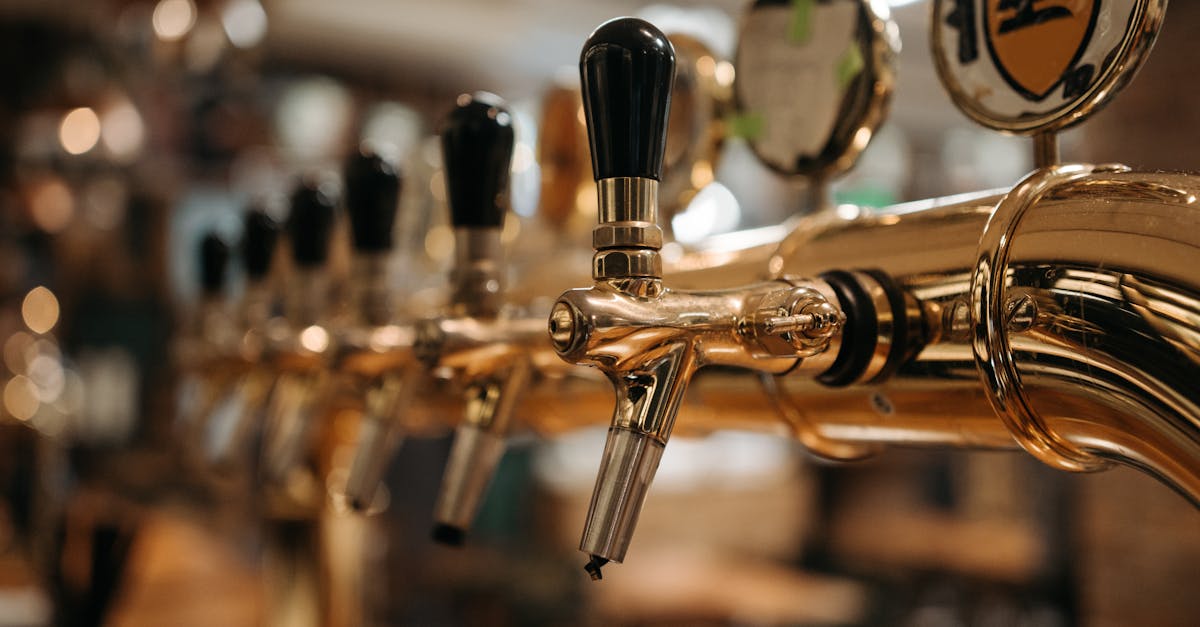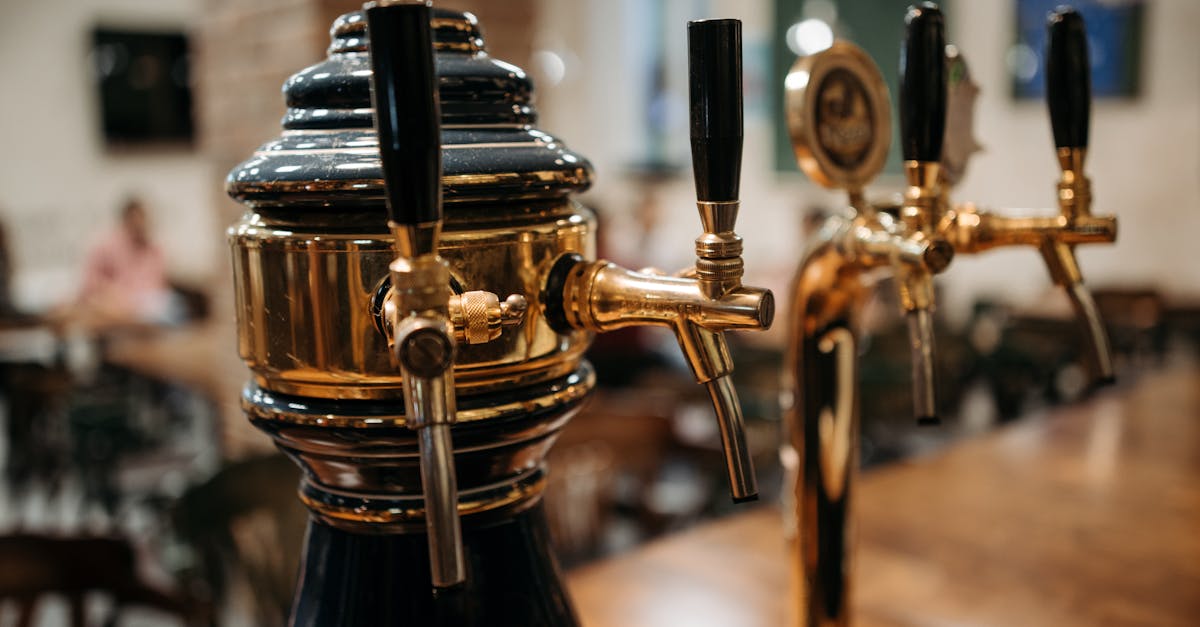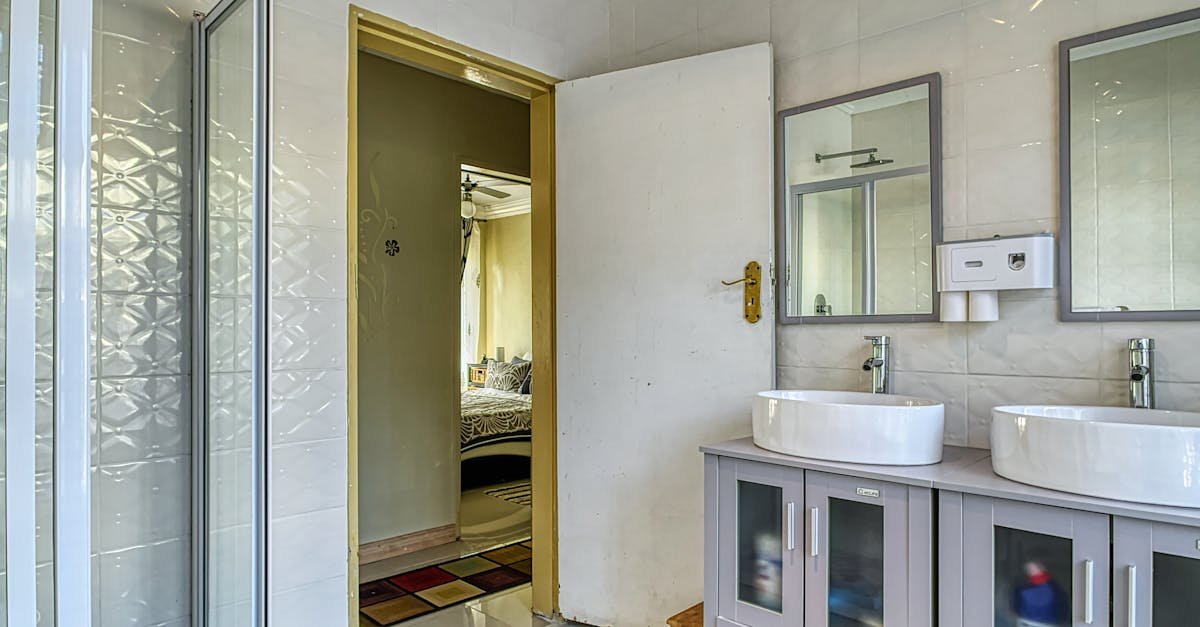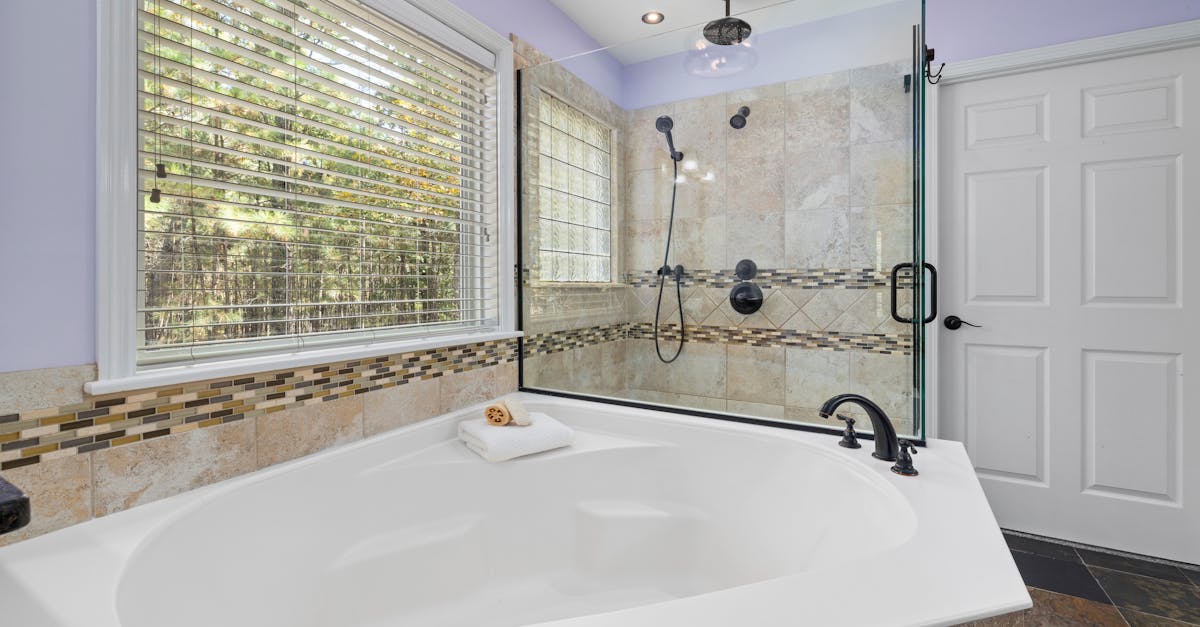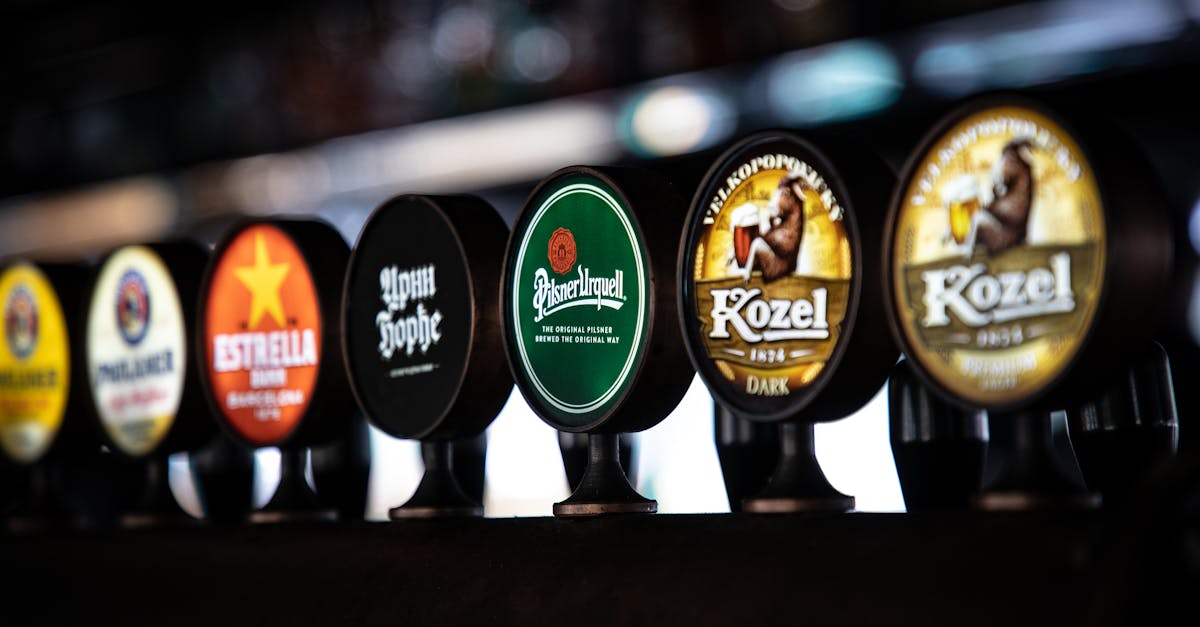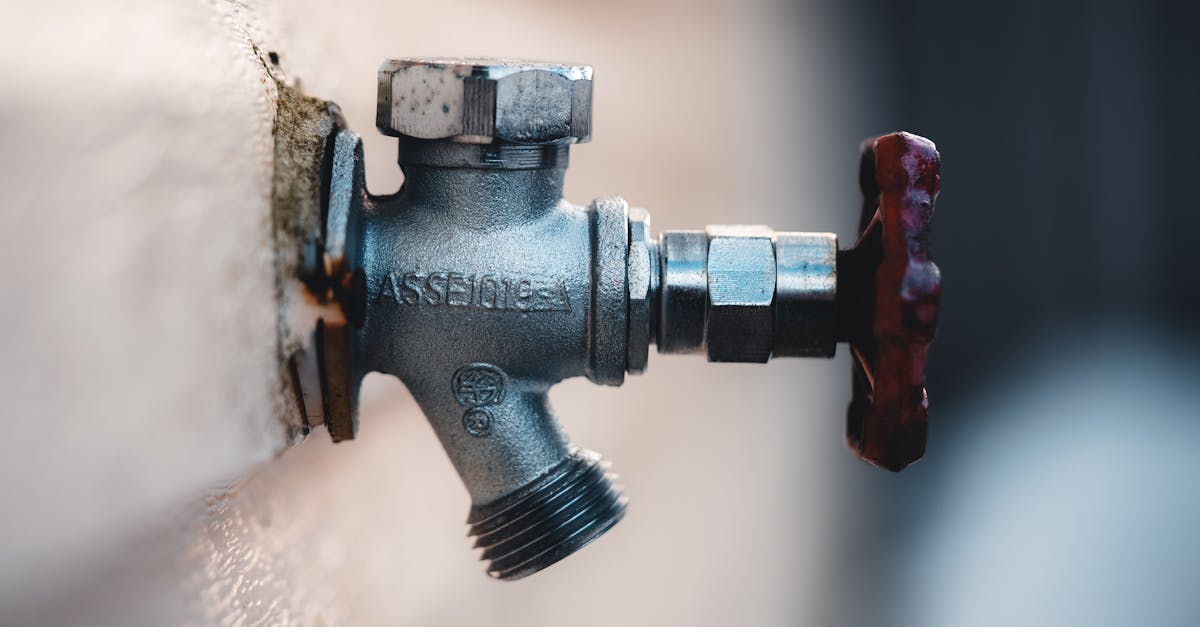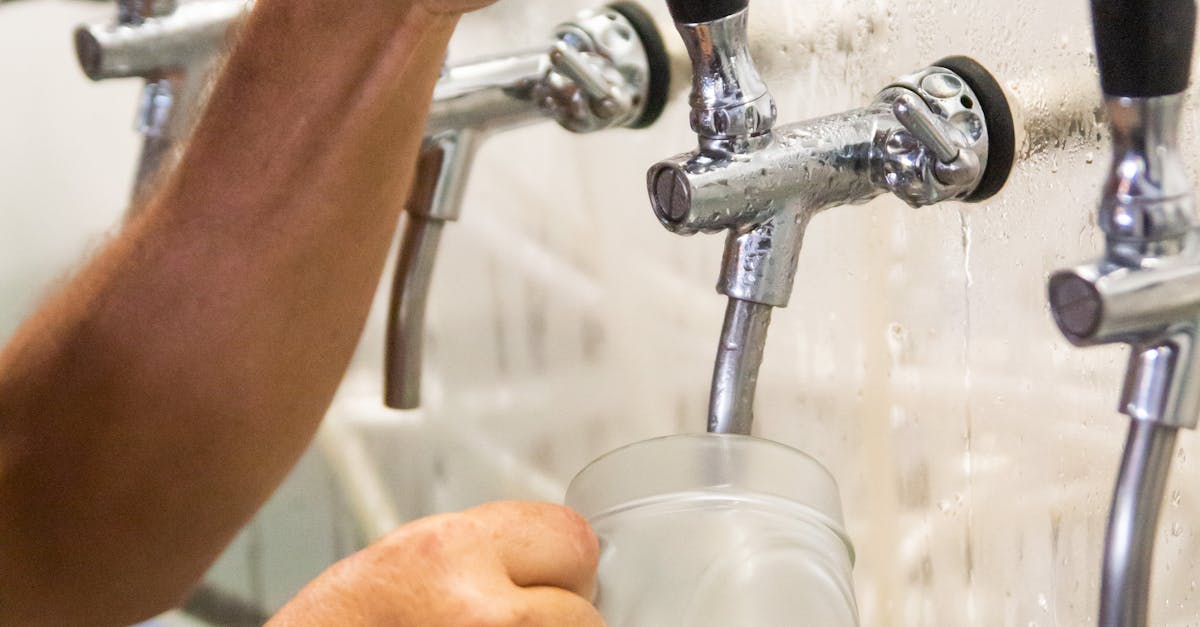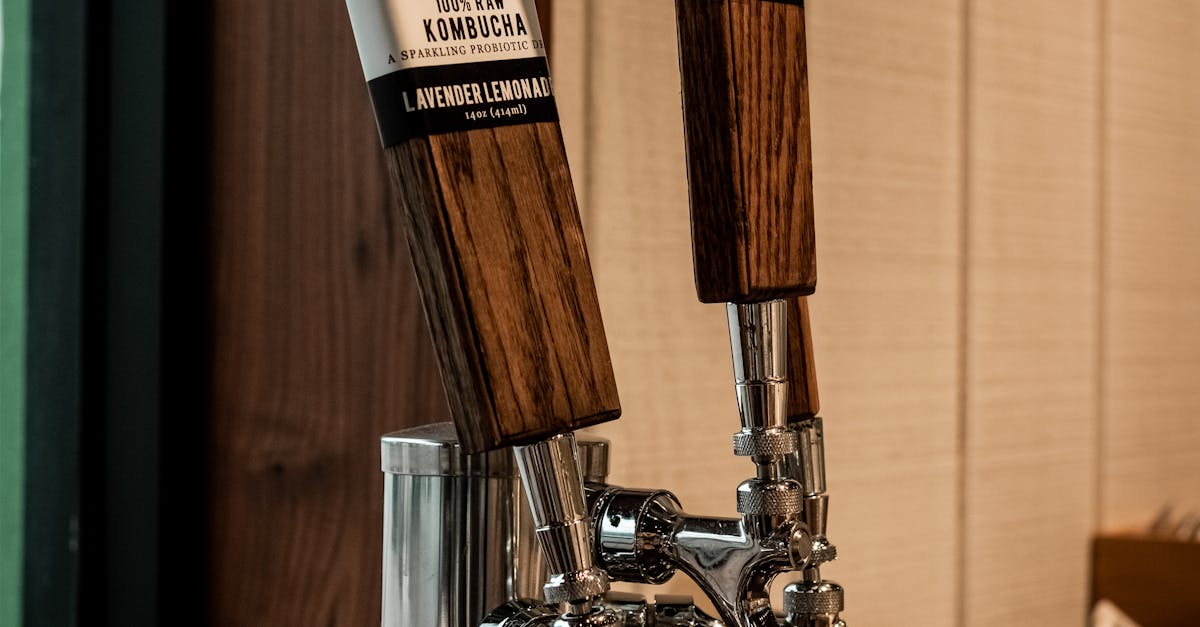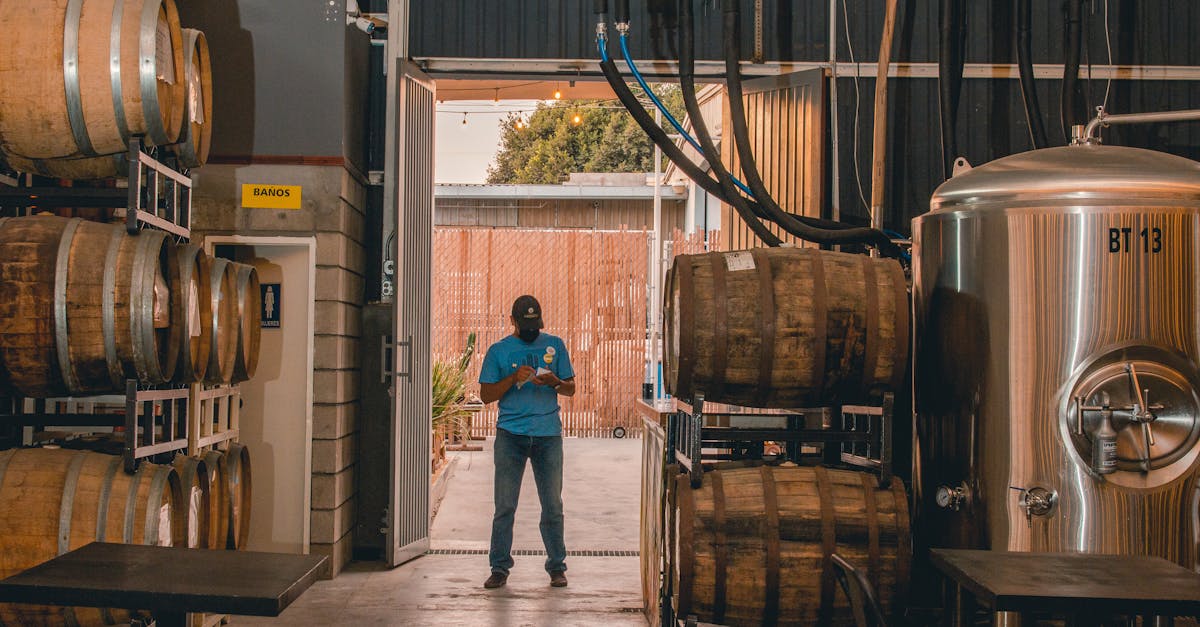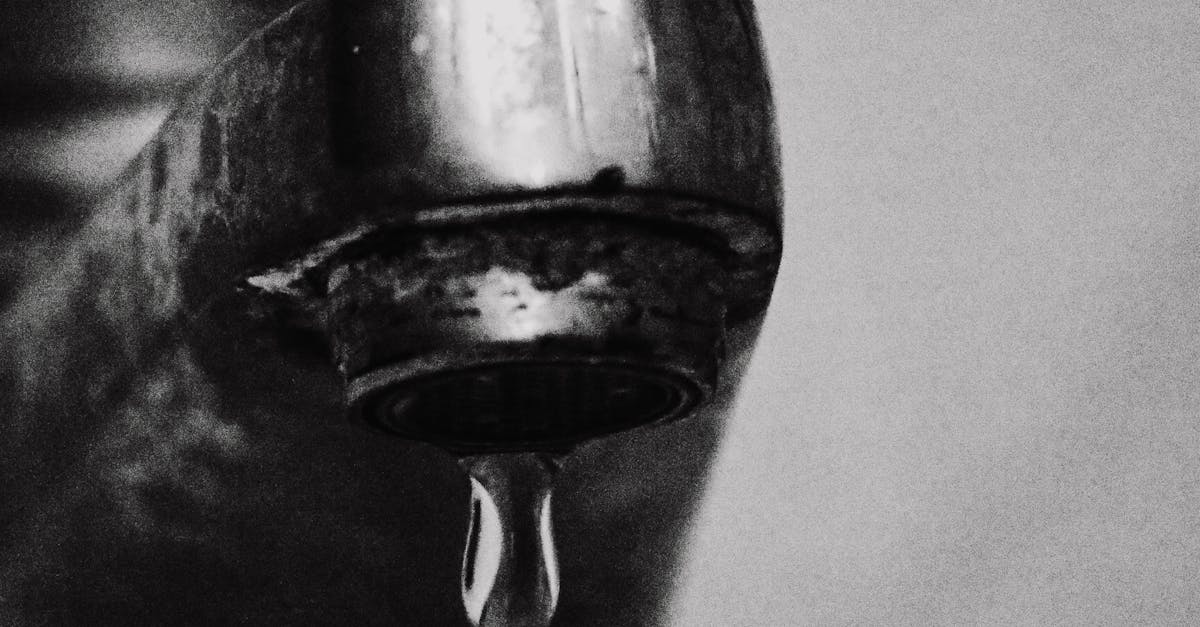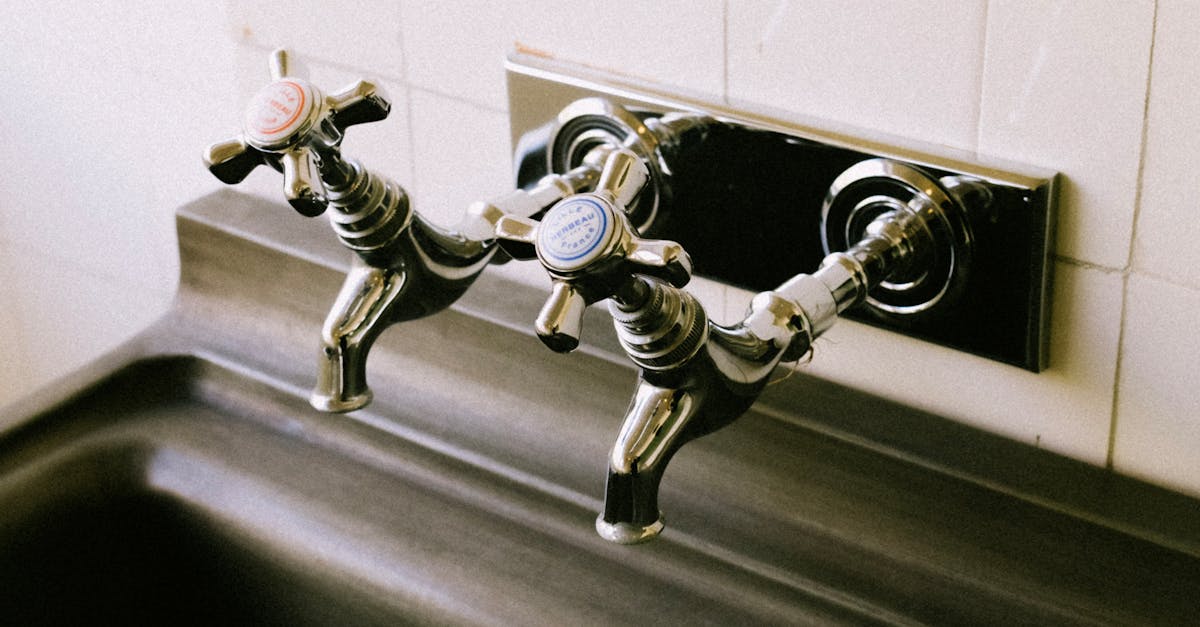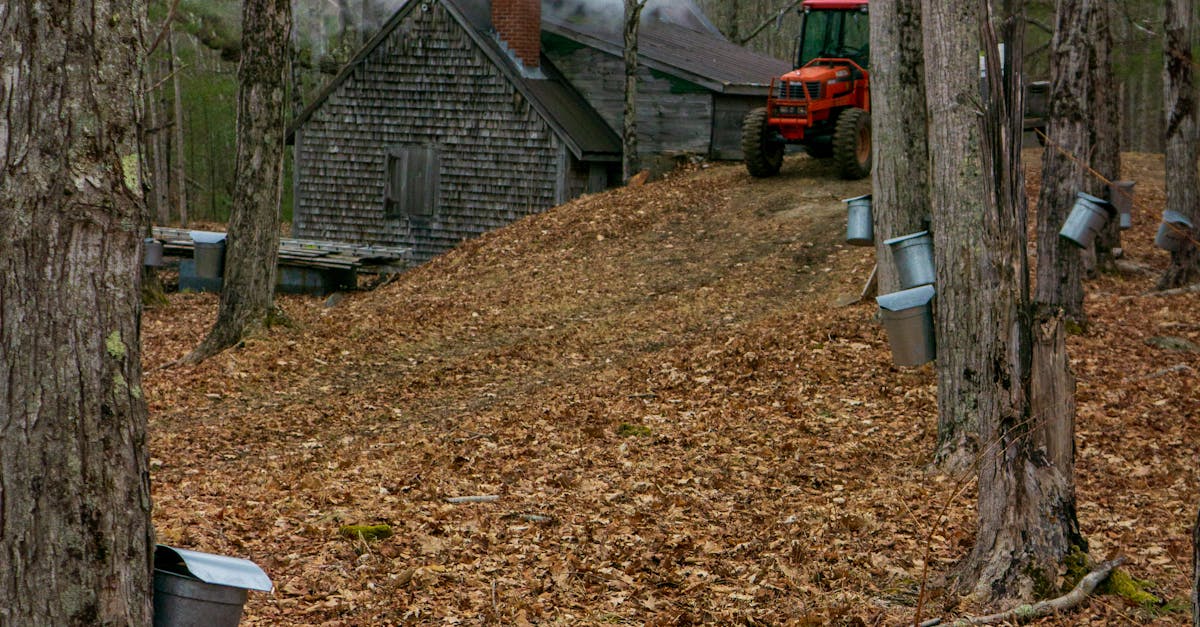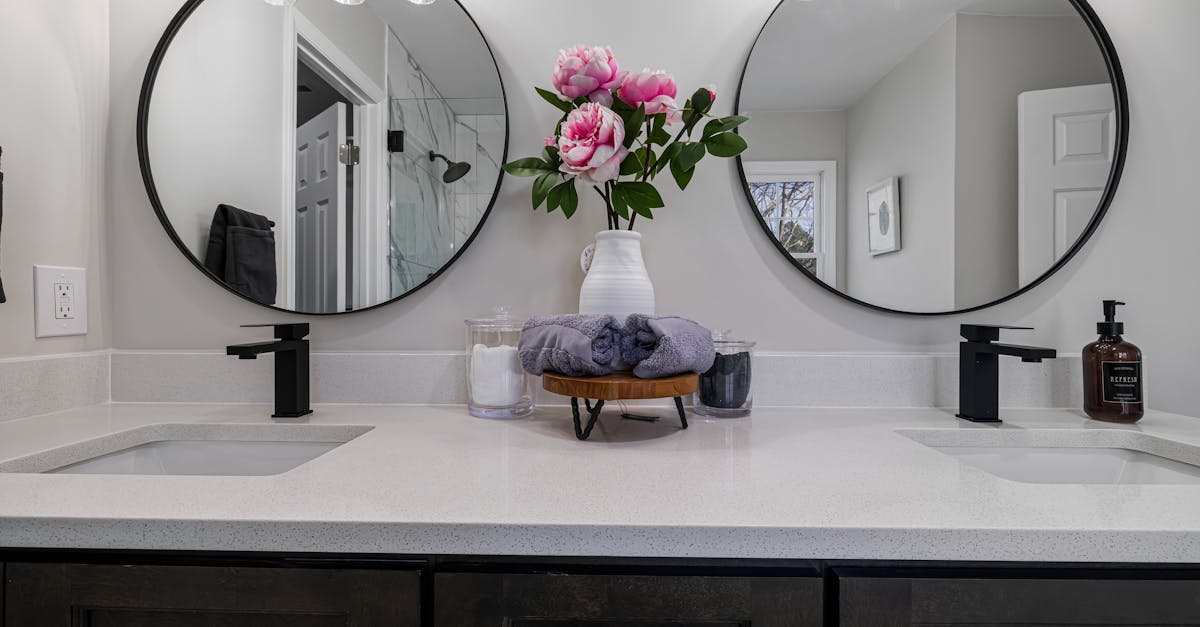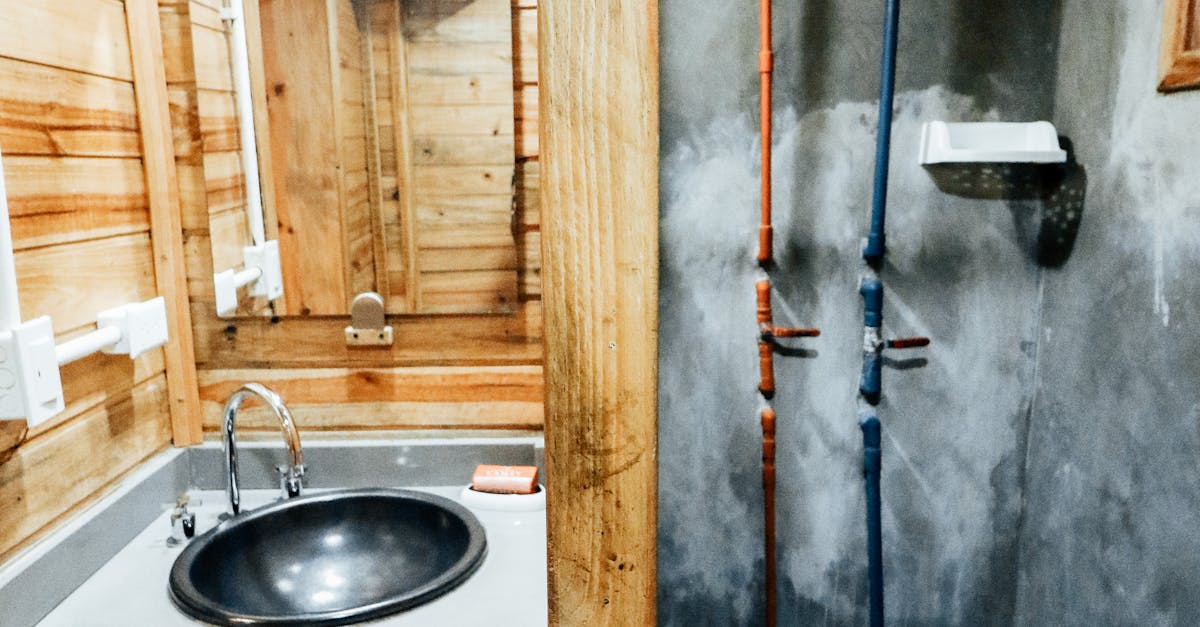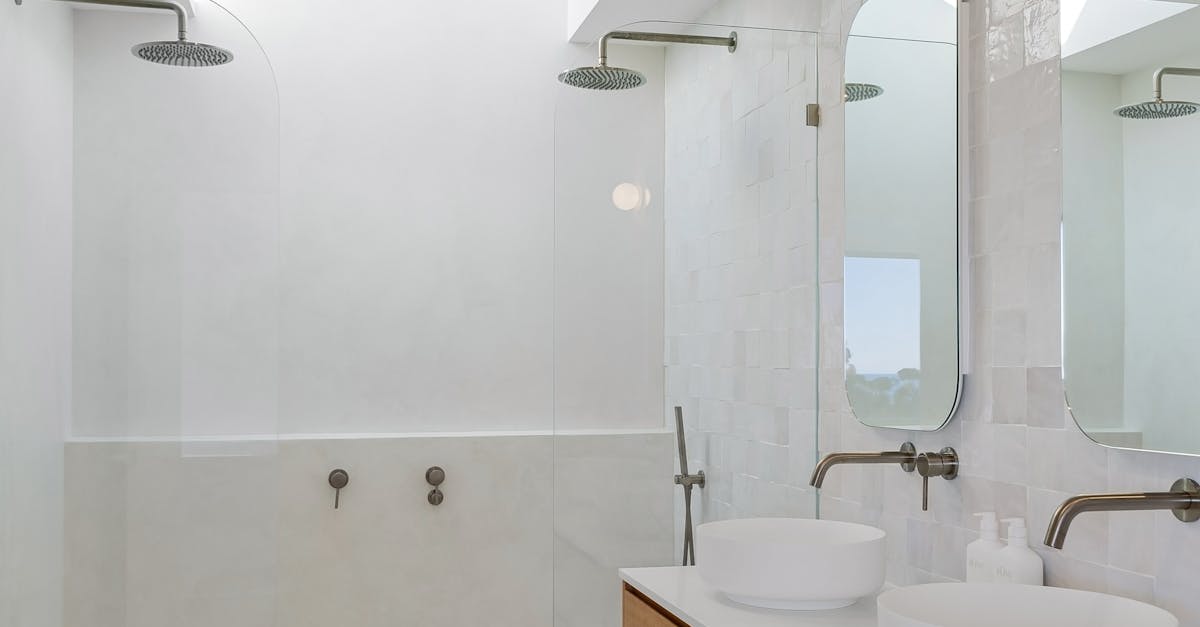
Table Of Contents
Replacing Washers and ORings
Leaking taps often result from worn-out washers and O-rings, which can degrade over time due to constant exposure to water. These small components play a vital role in creating a watertight seal. When they wear down, the seal becomes ineffective, leading to water leaking out. Identifying the specific type of tap is crucial as different taps may require different washer or O-ring sizes.
To replace these faulty components, first, turn off the water supply to the tap. Carefully disassemble the tap to access the washer or O-ring, taking note of the order in which parts are removed to ensure proper reassembly. Once you've removed the old washers or O-rings, replace them with new ones of matching size and type. Ensuring a snug fit will help prevent further leaks and restore the tap’s functionality.
How to Access and Replace Faulty Components
To access and replace faulty components in your bathroom tap, start by turning off the water supply. This can usually be done by locating the shut-off valves under the sink. Once the water is off, it’s advisable to place a towel or bucket underneath the tap to catch any residual water. Carefully remove the tap handle using a screwdriver. Depending on the tap’s design, you may need to pry off a decorative cap to expose the screw. Be gentle to avoid damaging the finish.
After removing the handle, you will see the inner workings of the tap. Leaking taps often indicate worn-out washers or O-rings that need replacing. Take note of how components are assembled, as this will assist in reinstallation. Gently pull out the old washers and O-rings, making sure to clean the seats where they sit. Replace them with new parts that match the size and type of the original components. Once everything is reassembled, turn the water supply back on to check for any remaining leaks.
Repairing a Dripping Mixer Tap
Dripping mixer taps can be both annoying and wasteful, leading to increased water bills and potential damage to your fixtures if left untreated. Identifying the source of the leak is essential to effectively repair the issue. Typically, the problem lies within the internal components, such as the cartridge or valve seat. Regular wear and tear can cause these parts to degrade, resulting in dripping. In many cases, replacing the faulty component can restore the tap to full working order.
To begin repairs on leaking taps, ensure you have the right tools at hand, including a wrench, screwdriver, and replacement parts suited for your particular tap model. Firstly, turn off the water supply to avoid further leaks. Carefully disassemble the tap to access the inner workings. Examine the cartridge or valve for any signs of damage, such as cracks or worn seals. Replacing these parts may be straightforward, but if complications arise or leaks persist, don’t hesitate to consult a plumbing professional for assistance.
Techniques for Tackling Mixer Tap Issues
When dealing with leaking taps, it’s essential to first identify the type of mixer tap you have. Many taps operate using a cartridge system, which can be replaced if worn out. Start by turning off the water supply, then remove the handle and unscrew the retaining nut holding the cartridge in place. Carefully pull out the cartridge and inspect it for any signs of wear or damage. Replacing it with a new cartridge is often a straightforward and effective solution to eliminate leaks.
Another common issue with mixer taps involves the mixing mechanism itself. Sometimes, debris or mineral build-up can cause improper sealing, leading to leaking taps. Cleaning the aerator and flushing out the tap can help restore its functionality. If the problem persists after trying these techniques, consider examining the connections for any loose fittings. Tightening these fixtures might provide the necessary fix to stop the leak without requiring a full replacement of the mixer tap.
When to Seek Professional Help
Leaking taps can lead to more significant plumbing issues if not addressed promptly. Homeowners should be vigilant for signs that indicate a problem beyond a simple fix. Persistent leaks, unusual noises when turning the tap, or water pooling around the base can suggest deeper issues with the plumbing system. Ignoring these symptoms might result in increased water bills and potential water damage.
It is advisable to seek professional help if you find yourself unsure about the source of the leak or if the repair methods suggested have not resolved the issue. Qualified plumbers possess the experience and tools necessary to identify the underlying problems effectively. They can assess your plumbing and provide targeted solutions that ensure the longevity of your fixtures and prevent further complications.
Signs That You Need a Plumber
It is essential to recognise when a plumbing issue is beyond a DIY fix. If you’re dealing with leaking taps that persist despite your attempts at repair, it may indicate a more serious underlying problem. Persistent leaks can lead to water damage and increased utility bills. Additionally, if you notice water pooling around the base of the tap or in the cabinetry, this is a strong sign that professional intervention is necessary.
Another red flag is if you’re experiencing a change in water pressure or if the tap is difficult to operate. Such issues can result from damaged internal components that require specialised knowledge and tools. Ignoring these signs may not only worsen the problem but could also result in costly repairs later on. Seeking the help of a plumber ensures that these issues are accurately diagnosed and effectively repaired.
FAQS
What are the common causes of a bathroom tap leak?
Common causes of a bathroom tap leak include worn washers or O-rings, loose fittings, corrosion, and mineral build-up. Over time, these components can degrade and lead to dripping or leaking.
How often should I replace the washers and O-rings in my bathroom tap?
It is recommended to check and replace washers and O-rings every few years or if you notice a leak. Regular maintenance can help prevent leaks and extend the lifespan of your tap.
Can I fix a dripping mixer tap myself?
Yes, a dripping mixer tap can often be repaired by following the right techniques, such as replacing faulty components, tightening fittings, or cleaning mineral deposits. However, ensure you have the necessary tools and knowledge before attempting the repair.
What signs indicate that I need to call a plumber for my tap leak?
Signs that you may need to seek professional help include persistent leaks despite repairs, water damage around the tap area, fluctuating water pressure, or if you are unsure about how to proceed with the repair.
Are there any tools I need to fix a bathroom tap leak?
Essential tools typically include an adjustable wrench, screwdrivers, a basin wrench, and plumber’s tape. Depending on the extent of the repair, you may also need replacement washers, O-rings, or other components specific to your tap model.
